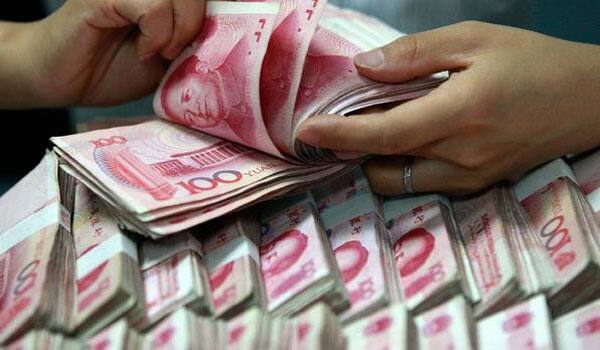Beijing: Reaching the dead-end of an exports-led growth, China has unveiled a new blueprint to make its monetary policy more "flexible" as it embarks on a supply-side reform to arrest the slowdown of the world's second-largest economy and power its transition to a consumption-based model.
Ahead of formally launching the 13th Five-Year Plan (2016-20), Chinese leaders headed by President Xi Jinping announced an "overarching strategy" to lead the economy's ongoing transition at a closed-door conclave of top officials of the ruling Communist Party of China (CPC) yesterday.
At the Central Economic Work Conference, Xi told CPC leaders and economists that China's emphasis in 2016 will be on supply-side reform, or a package of supply-side policies to boost new demand and raise productivity, state media reported.
As the economy slipped below 7 percent for the first time since 2009 from the heydays of double-digit growth, Xi said China must, over the next five years, maintain an average growth of at least 6.5 percent to realise the country's goal of doubling its gross domestic product and per capita income.
According to Chinese economists, this means China will no longer seek to fuel economic growth solely by using fiscal and
monetary measures to boost capital investment, consumption and exports.
Until now, China used to rely on investment, exports and consumption, which are classified as demands.
As the effectiveness of boosting growth on the demand side wanes, the government has started to reform the supply side to make effective use of production factors, including funds, resources, skilled workers, equipment and technologies, said state-run China Daily.
From now onwards, the government will be more focused on devising policies which, from the supply side, are aimed at helping the industries with more supportive polices.
Outdated businesses will also be phased out.
The reform aims to accelerate growth by freeing up productivity and raising supply-side competitiveness. Measures will include cutting excess industrial capacity, reducing housing inventories and cutting production costs with policy support.
Under the new policy, the government will also gradually raise its deficit and make monetary policy more "flexible", an official statement here said.
China's deficit-to-GDP ratio in 2015 stands at 2.3 percent, up from 2014's 2.1 per cent, but still lower than 3 percent, which is considered as alert level internationally.
"The rise in the deficit level is necessary to ensure a proper GDP growth rate as the other tasks, such as trimming production overcapacity and deleveraging, are detrimental to GDP growth," Tian Yun, director of the research centre of the China Society of Macroeconomics told state-run Global Times.
Tian said the extra budget could be used to help relieve the debt issues local governments face.
Under the new policy the government will focus on tackling industrial overcapacity, reducing inventory, deleveraging, reducing costs and mending the shortcomings, the Times said in its editorial today.
"At present, the public opinion both at home and abroad on the Chinese economy is pessimistic. Certain doubts exist over whether the country can maintain medium-high growth, or overcome chronic weaknesses such as high energy consumption and overcapacity," it said.
Themes such as "China is the fastest growing economy" and "China is going to become the largest economy globally" were frequently mentioned in the world media in 2014, but such remarks have significantly diminished this year. In the meantime, negative speculations including "collapse of the Chinese economy" have been growing, it said.
"China's market is too large and consumer demand has been unleashed. The society has a strong organisational capability to manage the economy. The possibility of a disruption of growth due to economic chaos is much less than realising medium and long-term sustainable development through constant self-correction," it said.
















